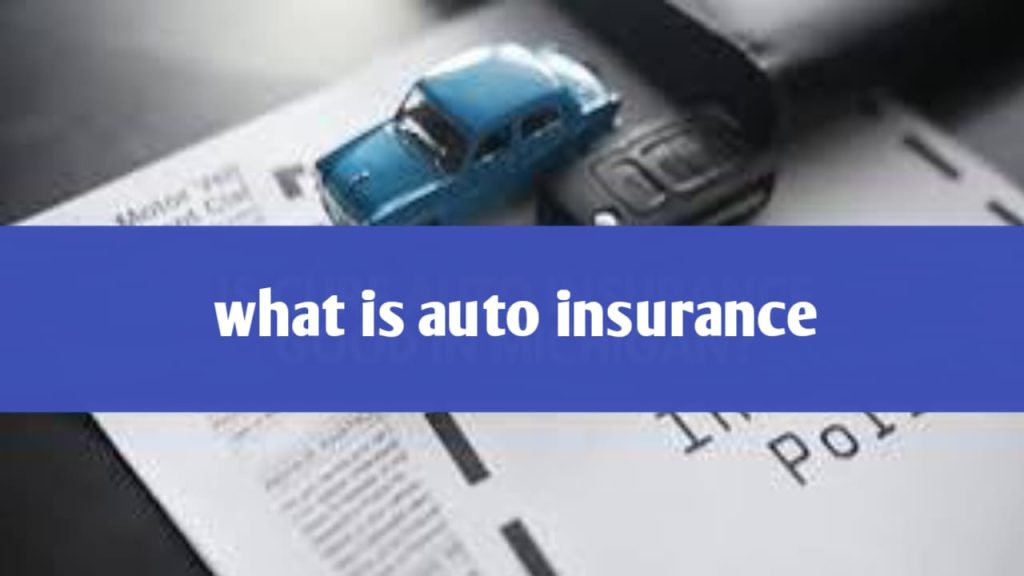Introduction to Auto Insurance
Auto insurance is a crucial financial tool designed to protect drivers from potential financial loss in case of accidents or other mishaps involving their vehicles. Essentially, it serves as a safety net, providing coverage for damages to vehicles, medical expenses, and liability claims.
Importance of Auto Insurance
Imagine driving without auto insurance is like walking a tightrope without a safety net—it’s risky business. Auto insurance provides peace of mind by safeguarding against hefty financial burdens that may arise from unforeseen circumstances on the road. Moreover, it’s often a legal requirement in many places, ensuring that drivers have at least a basic level of financial protection.
Types of Auto Insurance
Auto insurance isn’t a one-size-fits-all deal. There are different types of coverage tailored to suit various needs and preferences:
- Liability Insurance: Covers damages to other people’s property and medical expenses if you’re at fault in an accident.
- Collision Insurance: Pays for repairs or replacement of your vehicle if it’s damaged in a collision, regardless of fault.
- Comprehensive Insurance: Provides coverage for non-collision incidents such as theft, vandalism, or natural disasters.
Factors Affecting Auto Insurance Rates
Insurance companies take several factors into account when determining your premiums:
- Age and Gender: Younger drivers and males typically face higher rates due to statistical risk.
- Driving Record: A clean driving record usually translates to lower premiums, while accidents and traffic violations may increase rates.
- Location: Urban areas with higher traffic density and crime rates often have higher insurance premiums.
- Type of Vehicle: The make, model, and safety features of your vehicle can influence insurance costs.
How Auto Insurance Works
Understanding how auto insurance functions can help you navigate the process more effectively:
- Premiums: This is the amount you pay for insurance coverage, typically on a monthly or annual basis.
- Deductibles: The deductible is the amount you’re responsible for paying out of pocket before your insurance kicks in.
- Claims Process: In the event of an accident or other covered incident, you file a claim with your insurance company, who then assesses the damages and provides compensation accordingly.
Choosing the Right Auto Insurance Policy
Selecting the right auto insurance policy involves careful consideration of your individual needs and circumstances:
- Assessing Coverage Needs: Evaluate your potential risks and desired level of protection to determine the appropriate coverage.
- Comparing Quotes: Shop around and obtain quotes from multiple insurers to find the best rates and coverage options.
- Understanding Policy Terms: Read the fine print and ask questions to ensure you fully grasp what your policy covers and any limitations or exclusions.
Tips for Saving on Auto Insurance
Who doesn’t love to save some cash? Here are some tips to help lower your auto insurance premiums:
- Bundling Policies: Many insurers offer discounts for bundling multiple policies, such as auto and homeowners insurance.
- Defensive Driving Courses: Completing a defensive driving course can demonstrate your commitment to safe driving and potentially qualify you for a discount.
- Maintaining a Good Credit Score: Believe it or not, your credit score can impact your insurance rates, so strive to maintain good credit.
Common Auto Insurance Terms
Before diving into the world of auto insurance, familiarize yourself with these key terms:
- Premium: The amount you pay for insurance coverage.
- Deductible: The out-of-pocket amount you must pay before your insurance coverage kicks in.
- Coverage Limits: The maximum amount your insurance policy will pay for covered losses.
- Endorsements: Additional coverage options you can add to your policy for extra protection.
FAQs About Auto Insurance
- What does auto insurance cover?
- Auto insurance typically covers damages to vehicles, medical expenses, and liability claims resulting from accidents or other covered incidents.
- How can I lower my auto insurance premiums?
- You can lower your auto insurance premiums by bundling policies, completing defensive driving courses, and maintaining a good credit score, among other strategies.
- What factors affect my auto insurance rates?
- Factors such as age, gender, driving record, location, and type of vehicle can all influence your auto insurance rates.
- Is auto insurance mandatory?
- In many places, auto insurance is mandatory, at least at a minimum level of coverage, to ensure drivers have financial protection in case of accidents.
- What happens if I don’t have auto insurance?
- Driving without auto insurance can result in legal penalties, fines, and even the suspension of your driver’s license. Plus, you’d be personally responsible for covering any damages or injuries resulting from an accident.
